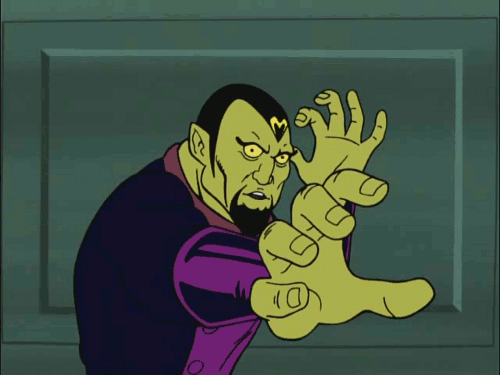I am pleased you like it guys 
Let me try to sum up how I painted everything (cos I don´t have any terrain piece left to make a tutorial).[size=150]Scenery painting guide/size]1. Black Basecoat2. White cenital BasecoatThis brings out the edges and adds contrast to your later paintings. The theory behind is, you normally look at terrain pieces in a 40something° angle. Therefore the now created shadow adds wonderful depth to the piece of terrain.
3. White fogThe purpose is to make the contrast between black and white less harsh. Furthermore You want the terrain piece to have a specific colour. In my case it was a brownish sandstone like colour. I prefer doing that with washes, as they create an uneven, dirty look, as if there was really bad weather the last decades or so. That means, pay attention, that every part of the model gets a bit white fog. The distance between Spray and terrain piece should be 30cm.
3. WashesThis step brings the major part of the desired colour to the model. I used a mix between Agrax Earthshade, Nuln Oil and Seraphim Sepia. Mix mashes to make the overall colour as mixed as possible.
4. Dry brushingThis step brings out the details again. I bought a big tube Mouse-grey acrylic paint from Louvre. Using GW paint for terrain is otherwise Hara Kiri on your wallet.
5. The basingWhen to do this step depends a bit on your personal preferences. I tended to mix the sand directly with dark brown acrylic colour from Louvre and painted it after the steps mentioned above.
A. Mix sand and acrylic paint and paint the base. (Also add it to the upper levels of the building to create rubble)
B. Dry brush the dried base.
c. Use brownish pigments on base and some parts of the building to make them look like one unit
D. Use purity seal or sth. comparable to bind the pigments to your models base.
6. Details: CopperBring out every skull, eagle or whatsoever with a golden or brass like tone.
Add oxide, using a turquoise acrylic paint or GWs Nihilakh oxide(might have been easier here, though I used really thick acrylic paint from Louvre). If you created rooftops, paint the Turquoise first and drybrush with brass and gold. Use Nuln Oil for the weathering.
7. Details: PannelsNow paint all the square pannels on the outer walls with pallid Which fles and highlight them with Skull White. After everything is dry, use Seraphim Sepia to make it look muddy and dirty.
8. RustI found it a great way to bring the overall brownish model more to live to add high contrast colours like the oxide Turquoise or in this case orange rust. Use H-profile polystyrene tubes to simulate I-beams for your crushed walls etc. Those can be painted with Leadbelcher, washed with Nuln Oil and than painted with a sponge in dark brown and then Orange to simulate rust.
9. GrassI wanted my terrain to look like the structures collapsed long time ago. Therefore I added Grass to the rubble and the base. I used the GW tufts, even though they are expensive, but if you have ever sneezed while using loose static grass in a box next to your laundry our curtains you will be happy about pre glued grass tufts.
10. DecalsAdding decals like house numbers etc. adds even more detail. Dont forget to use purity seal to get rid of the shiny effect caused by the decal foil.
That is already everything. Relatively easy and a joy to do. One last thing from my side. I tried to give a little story to every building. A single tiny scenery that might not always be obvious in first hand. Always think of what could have happened in the last fight ... I added small details like a command Rhino, a Strategium or just graffiti an every piece of terrain.










 Fantastic ruins.
Fantastic ruins. 


